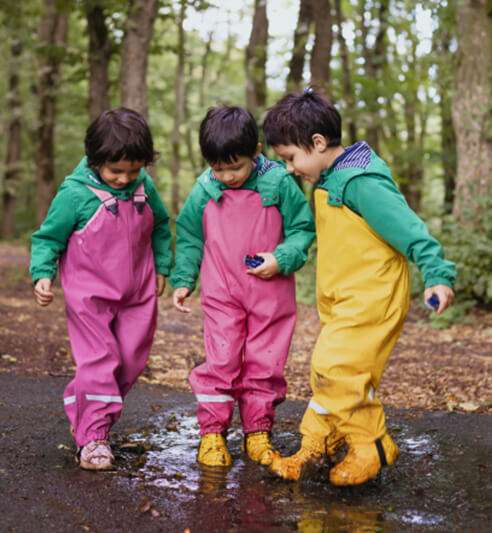
About Maslow'sloom
- Engaging Curriculum
- Expert Instructors
- Safe Environment
- Fun And Adventure
Real-World Uses of Drones
- Kidscamp
- Maslow’s Loom Advantage
- Real-World Uses of Drones
Why They Matter
Drones (also known as UAVs – Unmanned Aerial Vehicles) are no longer just futuristic gadgets—they’re critical tools used across nearly every major industry
Search & Rescue
Disaster zones: Drones can quickly locate missing people in hard-to-reach areas after earthquakes, floods, or fires.
Thermal imaging: Equipped with sensors to detect body heat even in low-visibility conditions.
Agriculture
Crop health monitoring: Drones can detect diseases or irrigation issues early.
Precision farming: Farmers use drones to apply fertilizer or pesticides with pinpoint accuracy, reducing waste and cost.
Environmental Science
Wildlife monitoring: Safely track animals in remote or endangered habitats.
Climate research: Measure melting glaciers, deforestation, or ocean patterns without disturbing ecosystems.
Construction & Infrastructure
Site surveying: Drones scan areas much faster than traditional methods.
Bridge and roof inspection: Reduces worker risk and saves time.
Media & Entertainment
Cinematic footage: Drones revolutionized film, TV, and live sports broadcasting with sweeping aerial shots
News coverage: Capture real-time events without putting journalists at risk.
Defense & Public Safety
Military reconnaissance: Silent, high-altitude scouting without risking personnel.
Law enforcement: Monitor traffic, protest safety, or hostage rescue operations.
Delivery & Logistics
Medical supply drops: Deliver vaccines or medicine to remote areas.
Healthcare
Emergency blood or organ transport: Especially useful in developing nations or during infrastructure failure.
Engineering & Surveying
3D mapping & modeling: For archaeological digs, land development, or civil engineering planning
Why Teaching Kids to Fly Drones is Incredibly Beneficial
Drones (also known as UAVs – Unmanned Aerial Vehicles) are no longer just futuristic gadgets—they’re critical tools used across nearly every major industry
Technical Skills
Hands-on exposure to flight mechanics, aerodynamics, sensors and GPS navigation, block or Python-based programming.
Play Learning
Gamified missions make technical concepts approachable. Learning through play keeps students engaged, curious, and excited to return.
Develops Critical
Piloting requires quick decision-making. Students must plan, test, adjust, and execute under constraints—mirroring real-world engineering tasks.
Collaboration
Kids often fly in pairs or teams, encouraging role-sharing, clear communication, and mission-based teamwork.
From Play to Profession: Career Pathways in Drones
Kids who start flying for fun can absolutely launch into meaningful careers. Here’s how early exposure can spark a professional trajectory:
Skill
STEM Career Pathway
STEM Career Pathway
Commercial UAV Operator, Delivery Pilot
Data Analysis
GIS Specialist, Surveyor
Engineering
Robotics Engineer, Aerospace Technician
Environmental Science
Climate Researcher, Wildlife Conservationist
Cinematography
Aerial Videographer, Drone Film Director
Public Safety
Fire Dept. UAV Coordinator, Search & Rescue Lead.
Defense & Cyber
Recon Drone Tech, Cybersecurity Analyst
Logistics
Supply Chain UAV Planner, Smart Infrastructure Manager
Many of these roles are highly paid, in-demand, and allow for remote or international work.
Final Thought: Drones as a Gateway to STEM Mastery
At Maslow’s Loom, teaching drone flight is never just about the tech. It’s about:
Empowering kids to ask
"What can I build? What can I solve?"
Showing them
Their joy can have purpose
Turning play into practice
Practice into possibility
A student who flies a mini drone today could be mapping coral reefs, directing disaster relief, or designing the next generation of aerial robotics tomorrow.
